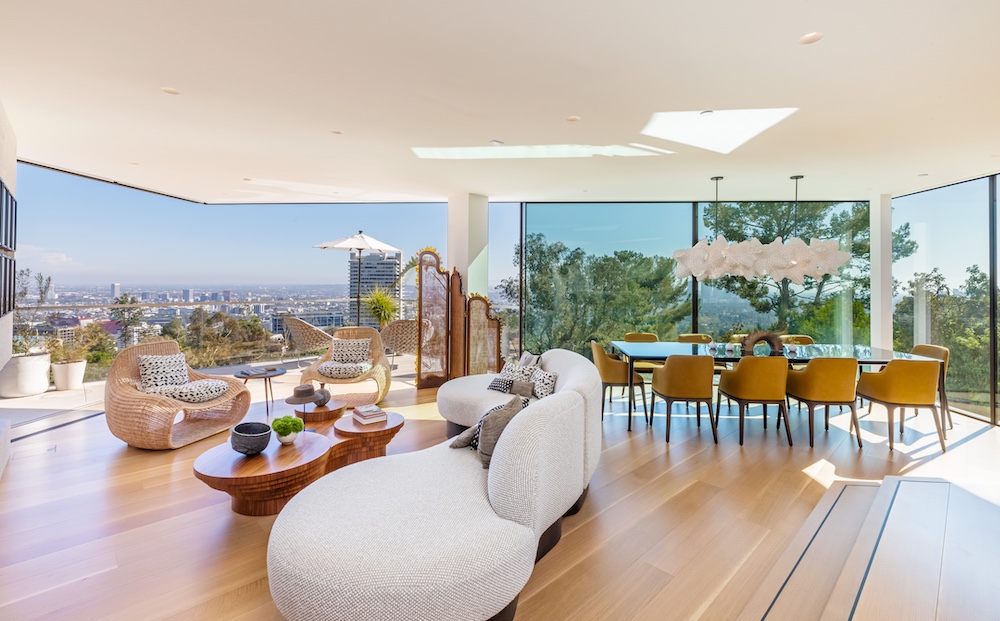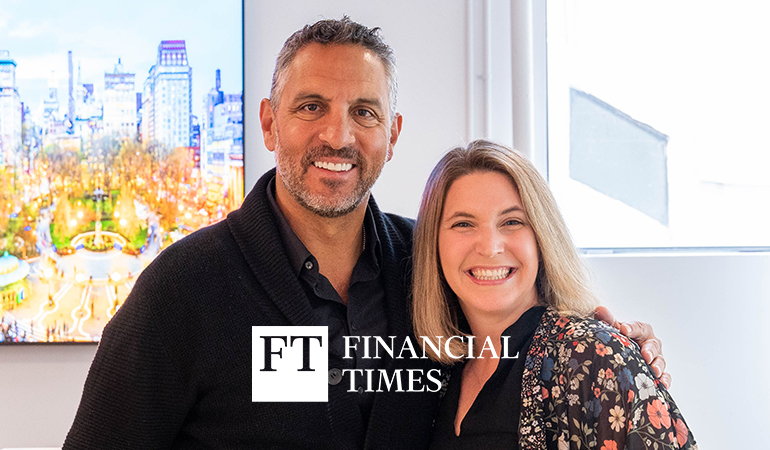Baby Boomers are taking an unexpected approach towards retirement and their golden years. A sharp increase of empty nesters are ditching their cars and flocking to vibrant urban centers. In search of adventure, cultural stimulation and low maintenance living, buyers and renters over 50 are mixing it up with the Millennials and making an impact on New York’s hip, young neighborhoods.
Redefining Retirement:
With the same spirit they redefined youth culture in the 1960’s, boomers are now redefining retirement. Once again breaking the societal norms of their parents’ generation, the future looks bright for these empty nesters, despite shifting economic expectations and realities. The Greatest Generation, haunted by memories of the Depression, avoided debt, pinched pennies and saved money. In an era of secure pensions and stable Social Security benefits, they could retire with peace of mind.
The new reality of retirement now includes working longer in the face of disappearing pensions and sometimes volatile savings plans like the 401(k). With the 20th century’s largest generation now retiring and collecting, there is concern about the stability of Social Security; Boomers are facing pushbacks on the age of collection and a Congress that speaks of reducing benefits. Combined with the desire to work through the early years of retirement- the appeal of city living includes opportunities for part time work and the attraction of working from home the same way young techies do- with high speed internet, and among hip cafes, restaurants and bars.
Ditching the Burbs:
No longer trapped in school districts, breaking the chains of after school activities and weekend little league games, empty nests are now considered a ticket to freedom. Traditional retirement can feel like being put out to pasture’ by a vibrant generation. According to a recent study conducted by Better Homes and Gardens, 42% of buyers over 50 claimed the most important factor in choosing their next home was based on low-maintenance features. Baby boomers are tired of mowing the lawn. They’re looking for a more diverse environment,” says Chris Leinberger, chairman of the Center for Real Estate and Urban Analysis at George Washington University School of Business. There seems to be a new definition of retirement, says Chris. It’s not like it used to be, where you retired at 65 and downsized into an apartment in a retirement community. Today’s homebuyer is buying lifestyle.
In rediscovering the city, boomers are gladly ditching their sprawling suburban homes and landscaped yards. They are even ditching their vehicles. Highrise buildings and urban loft developments offer several perks of city living: minimal landscaping, low maintenance exteriors, rooftop decks, and amenities. As the first generation to embrace technology as a quality of life tool, they are savvy to the utilize lifestyle apps on mobile devices. Boomers gladly bypass the hassle’ of urban life with ridesharing, grocery deliveries, laundry and dry cleaning services, on-the-go dinner reservations, and show tickets.
Boomers are eager to make a fresh start in the city, to downsize. Blanche Evans, editor of Realty Times, noted: There is a tremendous move toward condos and smaller, low-maintenance homes. The boomers want to pursue their own interests. They don’t want to spend time on home maintenance. They don’t want a trophy house. Many have done that already. Interior designers and decorators are telling her that boomers are drawn to total transformations of their homes as well as their lives. Baby boomers have always been experimental. That won’t change as they get older. They’re willing to go outside their comfort zones.
The New Hipsters of New York City:
Retirees are now seeking the diversity and stimulation of living among people of all ages. In increasing numbers, they are becoming attracted to edgy neighborhoods offering adventurous dining, craft beers and cocktails, local music, and emerging art. Living downtown and in neighborhood hubs also foster an active lifestyle, with the added benefit of exploring and connecting with city life in a whole new way.
A generation that has not lost its adventurous spirit with age, New York boomers scoff at the idea that they would feel too old or displaced in the midst of youthful environments; claiming their surroundings inspire increased energy, engagement and activity within their diverse communities. Local coffee shops and brewhouses are gathering spots for multi-generational meetups, ranging in age from 20-somethings to 70-somethings. They gather for games, book clubs, political and lively community centered discussions. Boomers are enjoying the stimulation of getting out of the house, of pursuing a lifestyle that promotes walking, biking and exploration- from the newest corner bakery, to the highly-touted neighborhood yoga studio. They heartily embracing the mantra “You are as young as you feel.”
The Wall Street Journal refers to those over 50 who are choosing to move to edgy New York neighborhood as New Hipsters. A wave of older people started moving into high-end developments marketed mainly to younger buyers: Hip urban neighborhoods are aging, as a growing chunk of adults in their 50s and 60s and older give up their longtime homes and head for trendy condos. Between 2000 and 2010, populations of baby boomers (those born between the years 1946 and 1964) declined at a far steeper rate in the areas 40 to 80 miles outside the city centers of the 50 largest U.S. cities than in the areas within 5 miles of these centers, according to an analysis of U.S. Census data by online real-estate brokerage Redfin.
Transplants are opting for more established neighborhoods in the Upper West Side and Park Slope. Meanwhile New Yorkers are venturing into artistic and youth-oriented areas in transition, finding new home in the East Village and the Lower East Side as well as Greenpoint, Red Hook, Gowanus, and Bushwick. Most notably, the increasingly popular Long Island City is also seeing an upswing.
Last year The New York Times reported census data showing the population of boomers increased 42% in the East Village, 32% in Red Hook, 29% on the Lower East Side and 27% in Bushwick. Author Sharon Zukin told The Times, Some of these people previously lived in neighborhoods like the Upper East Side, the Upper West Side or Park Slope, and now that the kids are out of the house, they want to resume their pre-parent lives, to pick up where they left off.
Noting the surprising rate of boomers making up 75% of buyers, Toll Brother City Living told The Wall Street Journal that developments in Gramercy Park and Williamsburg were originally designed to attract a hip, young market with a healthy amount of disposable income. The developers responded to this unexpected demand by offering amenities such as bigger, more luxurious fitness centers, higher end finishes, clubhouse-type common rooms and wine storage rooms.
The freedom to sell and not buy is also becoming increasingly popular. The New York Times recently shared the story of a widow in her 60s who sold suburban home at a handsome price in favor of renting in Manhattan. Renting allows the freedom to explore life in different neighborhoods.
Coming full circle, baby boomers are once again changing the culture of the American landscape and redefining city living. As Generation X is now laying claim to the suburbs in the midst of growing families and early middle age, this shift in attitudes about aging and retirement will surely have an affect on them and the generations that follow.



